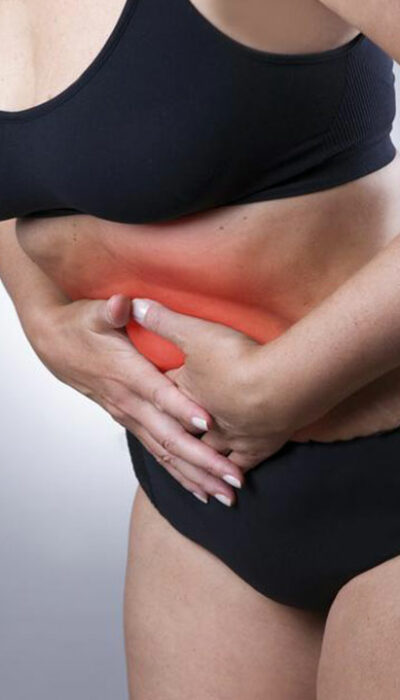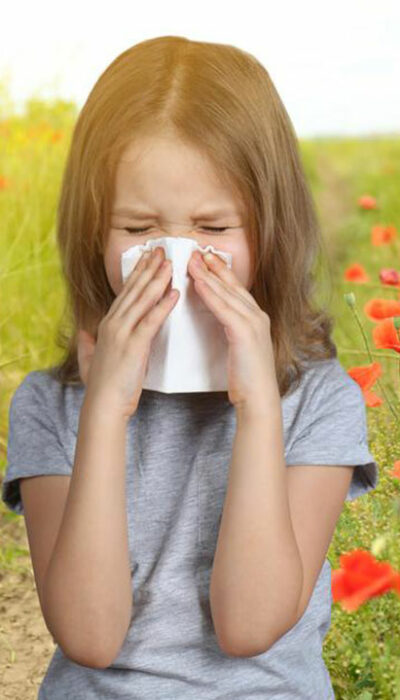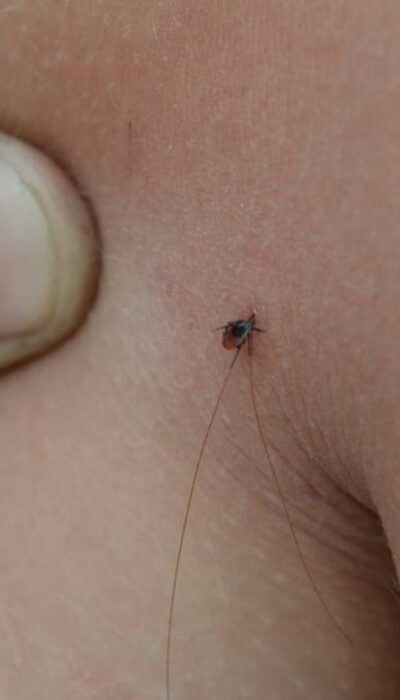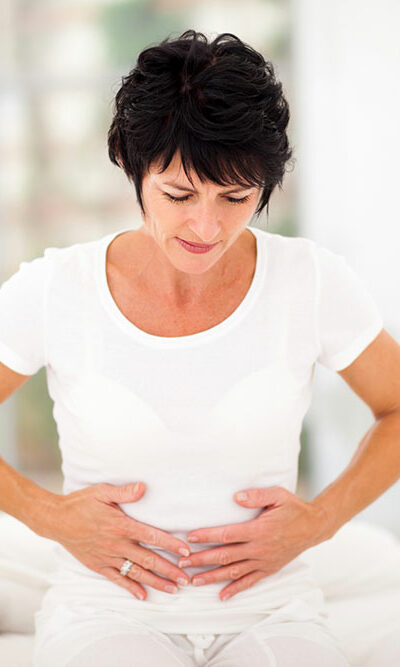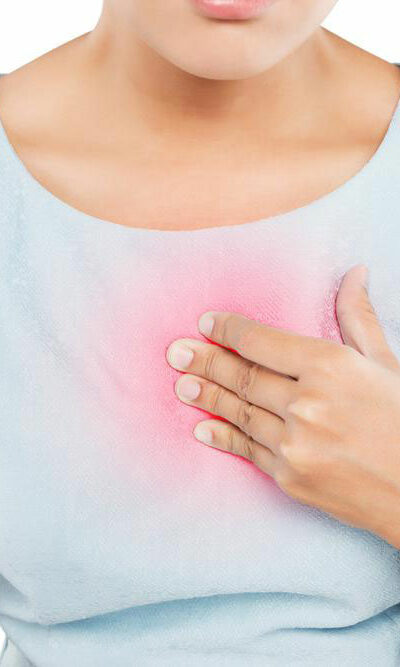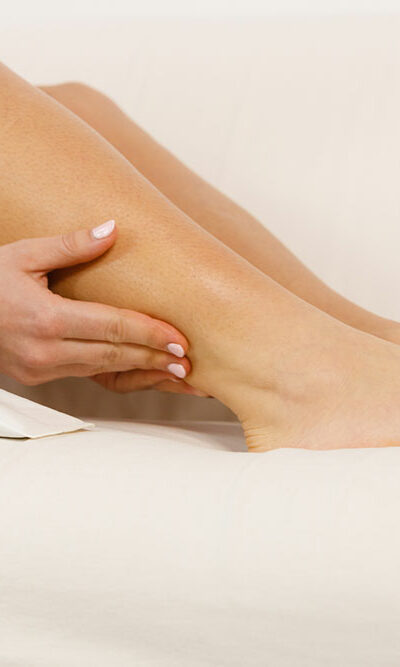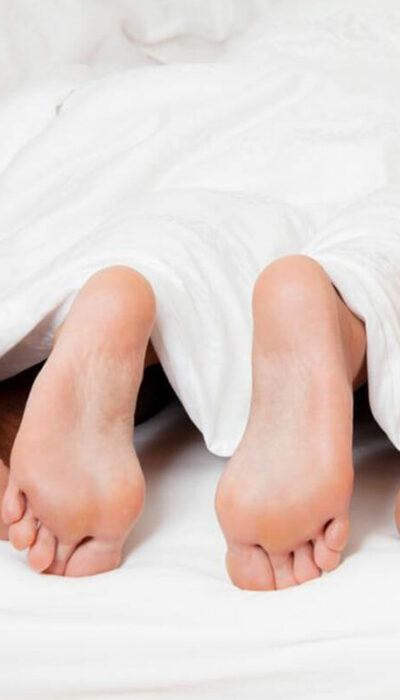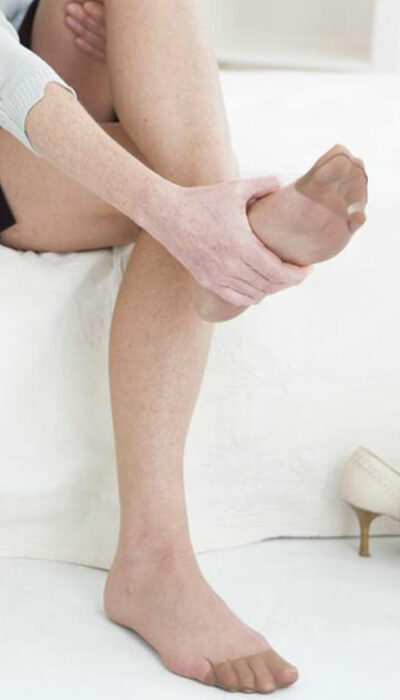
12 Tips to Relieve Stomach Pain Due to Gas and Bloating
Stomach gas and bloating are disorders that could seem as simple as typical discomfort. However, it could even be a symptom of a more serious, underlying condition. Gas accumulates in the body as a natural byproduct of the digestive process. However, when this gas is not passed out through flatulence or burping, it builds up in the gut and causes bloating. Read on to find some tips to get relief from stomach gas and bloating. Remedies to get relief from stomach pain due to gas Quick relief Avoid resisting the sensation of passing gas: Many people try to avoid passing gas so that they are not embarrassed in public. However, doing this will lead to the accumulation of gas and more bloating. It is advisable to try and find a somewhat private place and pass gas to stop any stomach pain. If you find it difficult to release gas, try taking a short yet brisk walk or lying down and relaxing your muscles. Consume chamomile or mint tea: Both mint and chamomile can soothe the stomach and aid with digestion. One can consume these teas available in the form of tea-bags after steeping it in hot water. Take activated charcoal supplements: These can relieve cramps due to gas and bloating. It is relatively more effective as compared to other remedies for stomach pain due to gas. However, it is advisable to consult a doctor before taking these, especially if you are on any other medications. Apply a hot water compress: For immediate relief, lie down and place a hot water bottle or compress across your stomach. It will help relieve abdominal pressure due to gas and bloating. This remedy truly helps people get relief from pain due to excessive stomach gas and bloating. Lifestyle changes Avoid foods that tend to cause bloating:
